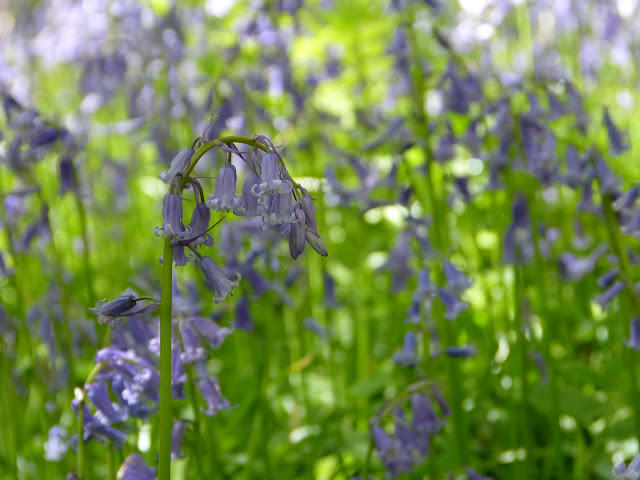What a start to #30DaysWild! Strumpshaw Fen was literally
buzzing with activity. I have never seen so many visitors here, there was no
room left for parking, so we continued to Buckenham Marshes and walked back.
This was a good choice, however, as I *think* we spotted a couple of Norfolk
Hawkers along the lane – brown dragonfly with clear wings – but they were too
fast to spot the diagnostic green eyes. Butterflies like commas and orange-tips
also graced the hedgerows.
Arriving at the Strumpshaw Fen reception hide, their small
‘wildlife garden’ was surrounded by photographers all snapping away at a single
Swallowtail butterfly who was clearly trying to give everyone a good view. I
always forget how big these insects are, but being able to compare it to a
brimstone and orange tip on the same patch really showed the size difference. Happily
feeding on the white flowers of Honesty,
these impressive creatures stand out with their bold patterning of yellow and
black with the faint dusting of blue near their shocking red eye-spots.
We decided to take the woodland trail leading to the river,
then back to the reception hide via Fen Hide. The woodland trail was a good
choice for dragons and damsels; countless blue damselflies (a little quick to
identify), some large red damselflies and female scarce chaser surrounding the
stream. This is only the second time I’ve seen a scarce chaser and it was in
exactly the same place as several years ago. The yellow-almost-orange body and
wing patches with the bold black stripe leading up the abdomen and tapering to
a point near the wings.
A kestrel hovered as we walked the river bank and a family
of swans with young cygnets appeared at Fen Hide, alongside a confiding reed
bunting who perched on reeds next to the hide.



































